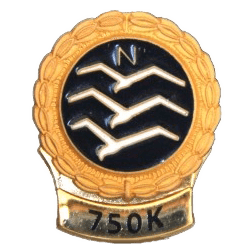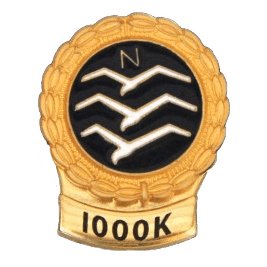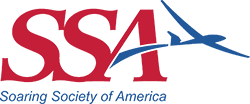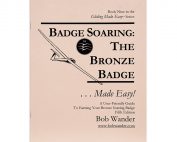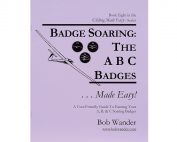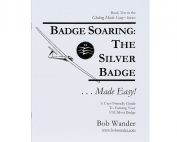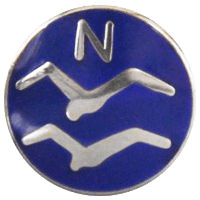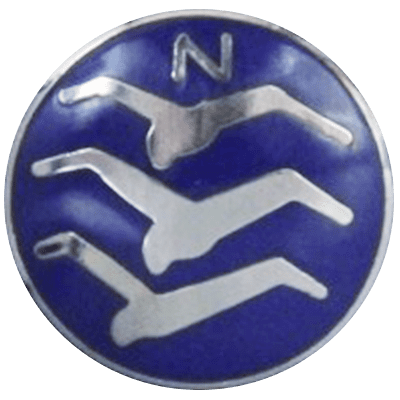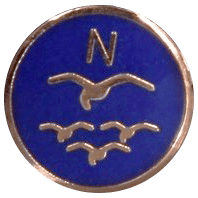Badges & Records
Develop skills & experience necessary for safe flight.
The SSA ABC Training Program was developed at the prompting of Society members to have a standard of training available. It is designed to provide a basic approach to flying for the student glider pilot as well as to give the accomplished power pilots the necessary points unique to soaring so that the transition may be made safely. This program is administered by designated SSA Instructors who must have 50 hours of glider time with 100 flights and hold a current CFI-Glider. The SSA Instructor is responsible for ascertaining that the training requirements have been met. The appropriate pins and blue cards are awarded to the students who achieve the level indicated by A, B, C, and Bronze, each designated to develop skills and experience necessary for future safe flight and FAI Badge attempts. Applicants must be current Soaring Society of America Members.
RECORD & BADGES FAQS
The answer is yes. For Diamond Distance tasks an official observer and flight recorder are required. Official Observer: An Official Observer is a member of SSA who holds at least an SSA B Badge, and has a working knowledge of the FAI Sporting Code as it pertains to gliders.
Start and finish points for badges are only required for diamond goal flights. For records, triangle flights and goal flights require you to cross the same 1 km line used at the start for your finish. For other records start and finish points should be declared but can be release or MOP stop or landing or MOP start. On free distance flights, your start and finish points are selected post flight.
The standard hard right turn after release from tow plane or winch determines the release point. If using a motor glider – the MOP recording determines when the engine is stopped or started. Be sure to test that this variable is working correctly before attempting any badge or record flight. If your motor is running and not recording, your flight would be invalidated. This is especially an issue with electric engines that may not record.
OLC data cannot be used for badge or record flight. Original IGC file is required. OLC data is valid for Kolstad award flights.
Flight recorders must be calibrated every 5 years or within 2 months after every flight.
Badge flights must be submitted within 6 months of the flight. State records must notify badgeandrecords@ssa.org within 10 days of the flight and postmark or email documentation within 45 days of the flight or within 15 days of required post-flight calibration. US national and international record flights must notify badgeandrecords@ssa.org within 48 hours of the flight and mail original documents postmarked within 45 days of the flight or within 15 days of required post-flight calibration.
Notification must include the following:
1) Names and SSA numbers for pilot(s) and observer
2) Start point location (city/airport and state)
3) Sailplane type
4) Record category and class
5) Record type
6) Record claim (include values)
7) Date of flight (UTC finish time)
In most cases if you meet the minimum requirements for each task you can apply for multiple completions at different badge levels or different records in multiple record categories or types.
Any SSA member with at least a B badge may act as observer, or be the airport manager, or be appointed by badgeandrecords@ssa.org.
Contact badgeandrecords@ssa.org to complete an open book exam on sporting code. You must also have some experience as observer or show the completion of badges or records. You will be specifically authorized in writing for a period of three years and can be renewed on request.
A passenger is not allowed on badge and most award flights. A passenger is allowed on record flights and will be listed on the certificate or state records. If it’s for a US national or international record the passenger will be listed if both pilot and passenger have current sporting licenses. You may have a passenger on the Symons award flight and both will receive the pin if the fee has been paid.
Your observer should be able to help with that, and for further information you can contact badgeandrecords@ssa.org.
You can find them on the Badges or Awards Page. All information on Sporting code, approved flight recorders, applications for badges and records, Badge instructions, State record applications, Kolstad Application, SSA distance award application and World Distance award information and application. Be sure to refresh your browser to bring up the most current documentation and not an old one you used before.
An FAI sporting license is required for all record attempts (except state records) and all FAI sanctioned events and competitions. Sporting license applicants must be a member of NAA and/or a current member of the appropriate NAA air sport organization. NAA members participating in competitions and/or record setting activities can receive a one-year FAI sporting license at no cost but must complete and application for the sporting license. You can apply for a sporting license here: https://naa.aero/membership/fai-sporting-license.
Electronic flight data and a DECLARATION are required except where specifically exempt. For the details regarding each different type of badge claim, See the current FAI Sporting code for Gliding, Sections 1.4 and 2.3”.
For badges, state and US national records, you may email badgeandrecords@ssa.org with the name, address, email and phone number of anyone that will be with you – wife, friend, etc. and you will receive authorization to use that person as observer. Review the observer procedures in the sporting code.
There are no declarations required for any silver badge task.
FAI Badges
Established in the 1930’s, Federation Aeronautique Internationale (“FAI”) Badges acknowledge internationally-recognized levels of soaring achievement. The hundreds of Badge applications reviewed by SSA’s Badge and Record office each year reflect the popularity of this challenging and rewarding program, administered in compliance with the FAI Sporting Code.

FAI Silver Badge

FAI Gold Badge
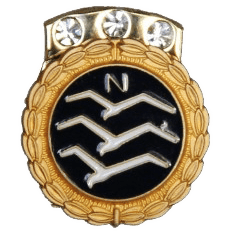
FAI Diamond Badge
